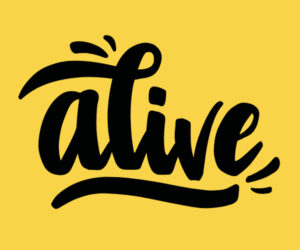How to write a creative brief

If you’re new to outsourcing, you might not have written a brief before. The prospect of crystallising your business into a few sentences for a graphic designer, copywriter or other creative to work from may seem daunting. However, by staying focused, you can write a great brief that will translate into work that builds your brand.
Here are six questions to ask yourself as you’re writing your brief:
1. What is your house style?
This is to do with branding, language and company ethos. If you already have logos, banners, a strapline etc, have them ready to send to your creative team so that the new piece of marketing material will be on-brand. Decide whether your communication is coming from yourself or your company. Remember to tell them about any words you might love or hate – some business owners describe themselves as “passionate about…” while others find “passionate” brings them out in rash!
2. What does your business do?
If that question has stumped you, don’t worry – you are not alone. Many business owners are so bound up in what they do that they struggle to describe it to others. A tip from our copywriters is just to write the words: “[business name] is…” to get the thoughts flowing. For example, “Get Ahead VA is… a virtual assistant agency based in Guildford, Surrey.” Straightaway, you’ve got the business name, sector and location – a great start!
3. What are you doing that the competition isn’t?
Whatever you do, you probably won’t be the only person doing it (sorry). But you may be the only one doing it in a particular way. A very basic example is to do with quality. In every sector, there are businesses who offer a budget option, and those who offer a quality option. Whatever the USP is, it’s important to include it in the brief so it will appear in the finished piece of work.
4. Who is the audience?
Often, if you can pin down your audience, everything else will fall into place. For example, this blog’s audience is people who are new to outsourcing. This fact alone gives the creatives quite a lot of direction: it tells a copywriter to be clear and encouraging and leave out the jargon, and it tells a graphic designer that they should show images that appeal to small businesses not large corporations.
5. What’s it for?
What is the purpose of the project you’re writing a brief for? Of course, the ultimate purpose is to grow your business but each piece of marketing material is a step towards that goal. Again, if we use this blog as an example, its specific purpose is to educate small business owners on how to write a brief.
6. What is the message?
Ask yourself what points you want to make, or what message you want to put across. Imagine what questions your audience will have and decide whether you want the marketing material to answer them. What action (if any) do you want people to take after they’ve seen your advert or read your literature?
We hope that by answering these questions, the brief has started to come together. But if you’re still not sure, we can help. Our marketing team is highly experienced at guiding business owners through this part of the process – we can help you identify your USP even if you haven’t yet discovered it yourself! To find out more, contact us on 01483 332 220.








